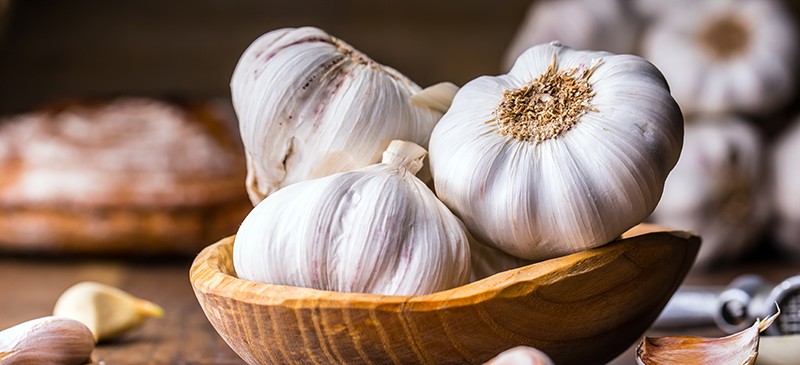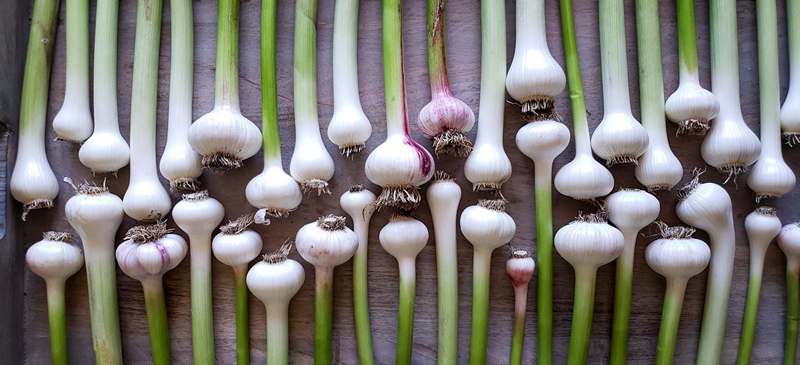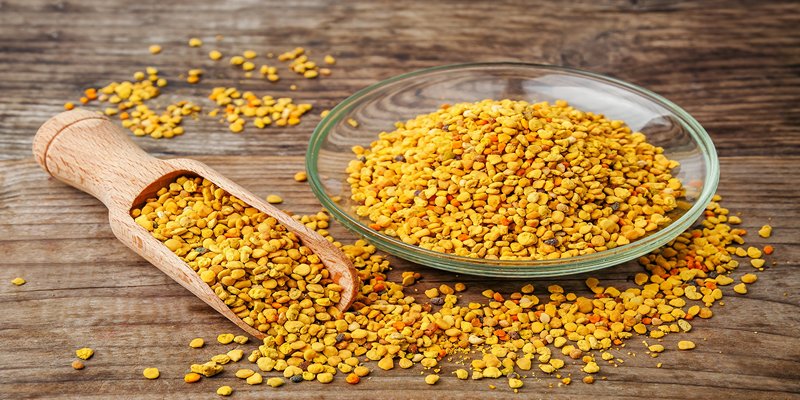
Whether you know it as ail in French, aglio in Italian, fokhagyma in Hungarian, usturoi in Romanian or plain old garlic in English, the plant often dubbed “the stinking rose” is as far from being a rose as it is from having a bad smell!
In fact, to my nose, nothing is more aromatic than a whiff of fresh peeled garlic.
Why did i chose to write about garlic as my very first post here ??…well it is my first go to when a cold, a sore throat or any cold related sickness hits me or my family. We always have it in the fridge and if not panic hits the family.
Raw or cooked it is present in many of our dishes as well, who cares if there is an odor as long as we can absorb the health benefits of it.
Some folks classify garlic as being a vegetable while others swear it’s a herb. Then there’s those who claim it’s a spice and even some — whom I pity for they don’t know what they’re missing — who know garlic only as a capsule in their medicine cabinet taken on the advice of a doctor for sake of good health.
When viewed from the garden, garlic is indeed a vegetable growing alongside carrots and peas, and once braided and hung it’s as much a vegetable as a bushel of onions put up for the winter.
Garlic, which has been used in age-old herbal concoctions for treating cold or flu, earache, intestinal worms or other common ailments, in my book is best referred to as a herb. Dehydrated garlic that is crushed into powder gets labelled as spice on my rack, and garlic that’s purchased in capsules at the pharmacy is medical, plain and simple.
What is Garlic Used for:
Garlic is reputed as being a natural booster to the immune system and that’s why I use it to ward off colds and flu. The old adage that ‘garlic is good for the heart’ goes much further than folklore, for evidence has shown that garlic can help lower blood pressure and reduce cholesterol levels. It also acts as a blood purifier and can increase stamina and relieve stress.
Aside from being looked at for cardiovascular care, cancer prevention and as a natural antibiotic, garlic has been employed to relieve asthma and treat digestive disorders.
Garlic contains iron, zinc, copper, manganese, calcium as well as vitamins, essential oil and sulphur compounds — which it owes its distinctive odour and flavour to.
A few amazing benefits:
- Home made cough remedy
- Boost immune system
- Highly nutritious
- Combat sickness including the common cold
- Reduce blood pressure
- Improves cholesterol levels
- May help detoxify heavy metals
- Lose weight
- Combat acne
- Improve cardiovascular health

Scientists have also discovered that many of garlic’s health benefits work best when the herb is prepared in a particular way. The secret? Only use crushed, raw, or slightly cooked garlic.
What substance is responsible for garlic’s health benefits? The crucial factor is a sulphur compound called allicin, which is only present in crushed, not whole, garlic. Allicin is created when the enzyme alliinase combines with the sulphur compound alliin. These two substances are stored in separate cells within a single clove of garlic.
When a clove is pressed, crushed, chopped, or sliced, the substances come together to form allicin, as well as several other sulphur compounds. You can prove this for yourself: smell a whole clove of garlic (which has a fairly mild odour), then crush or chop it and you’ll suddenly notice a strong “garlicky” odour.
According to a July 2005 study called “Health Effects of Garlic” published in the journal American Family Physician, garlic loses its therapeutic effects in the presence of heat. So the trick to preserving garlic’s medicinal properties is to add it raw to a cooked dish just before serving.
And, to create the maximum amount of allicin and other beneficial compounds, it’s recommended to prepare garlic by crushing or finely chopping it (a garlic press is equally effective). It’s also important to prepare the garlic just before use, as once it’s crushed allicin decays over time.
Acid inhibits the creation of allicin. So if your recipe includes an acid, such as vinegar or citrus juice, wait ten seconds after the garlic is crushed before adding it to the food. For example, if you’re preparing a salad dressing, don’t add pressed garlic directly into vinegar or lemon juice. Instead, wait ten seconds for the allicin to be created.
- Some of the most profound benefits of raw garlic proven by science include helping reverse heart disease in its early stages, preventing and fighting various forms of cancer, improving the health of diabetics, and even showing promise for serious cognitive diseases like Alzheimer’s.
- To make the most of its active compounds, it’s best to either consume it raw or to crush/cut it and leave it out for a bit before you add it to your cooked recipes.
- A clove with a meal each day is a great, easy way to start reaping benefits on a consistent basis. Remember to consume the raw version with food rather than on an empty stomach to prevent gastrointestinal problems as well as bad breath.
- If you find it hard to get rid of your garlic breath, just try eating some raw parsley afterward.
Always use organic or locally grown garlic if you can, not only for the health benefits but as to support your local farmers as well.




[…] like garlic and echinacea have natural antibacterial properties that benefit both your gut and overall […]